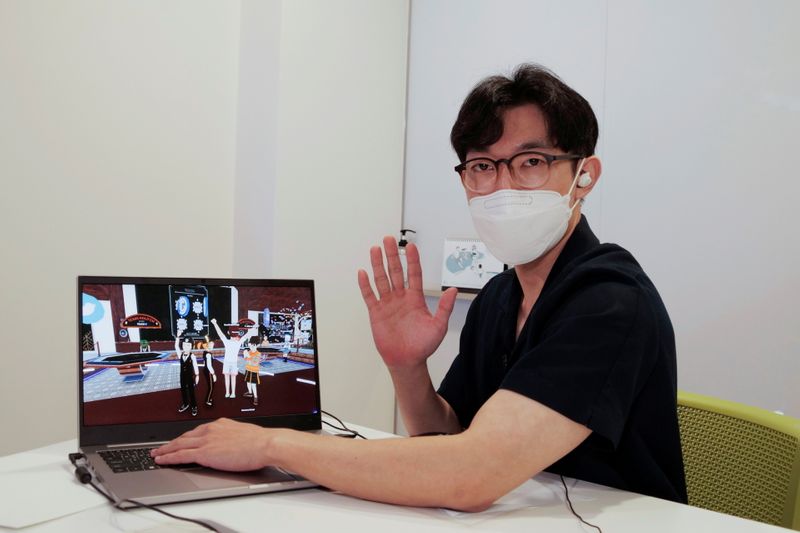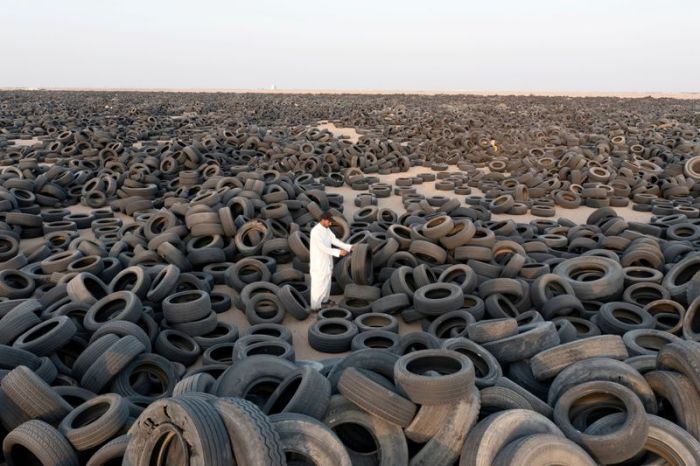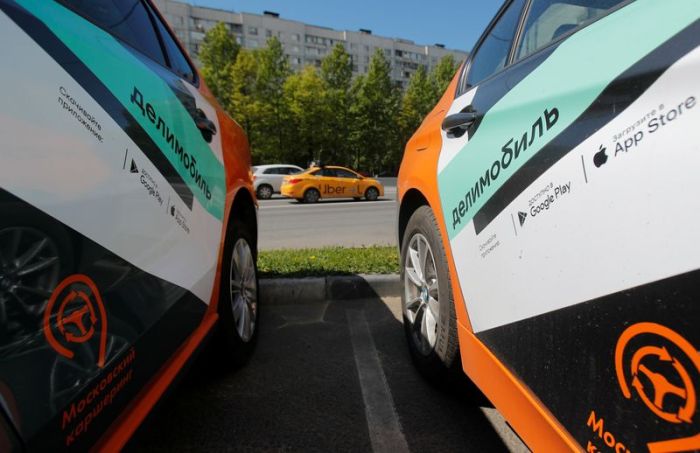(Reuters) – The coronavirus pandemic has sparked huge interest in shared virtual environments, or the “metaverse”. Here’s how it works:
WHAT IS THE METAVERSE?
Metaverse, a term first coined in science fiction, is a combination of the prefix “meta”, meaning beyond, and “universe”.
It refers to shared virtual worlds where land, buildings, avatars and even names can be bought and sold, often using cryptocurrency. In these environments, people can wander around with friends, visit buildings, buy goods and services, and attend events.
The concept has surged in popularity during the pandemic as lockdown measures and work-from-home policies pushed more people online for both business and pleasure.
The term covers a wide variety of virtual realities, from workplace tools to games and community platforms.
Many of the new platforms are powered by blockchain technology, using cryptocurrency and non-fungible tokens (NFTs), allowing a new kind of decentralised digital asset to be built, owned and monetised.
WHAT IS BLOCKCHAIN?
A blockchain http://graphics.reuters.com/TECHNOLOGY-BLOCKCHAIN/010070P11GN/index.html is a database that is shared across a network of computers.
Once a record has been added to the chain it is very difficult to change. To ensure all the copies of the database are the same, the network makes constant checks.
Blockchain has been used to underpin cyber-currencies like bitcoin, but many other possible uses are emerging.
WHAT ARE NON-FUNGIBLE TOKENS (NFTs)?
Non-fungible tokens (NFTs) are a new type of virtual asset that have fuelled much of the growth in the metaverse.
An NFT represents an intangible digital item such as an image, video, or in-game item. Owners of NFTs are recorded on blockchain, allowing an NFT to be traded as a stand-in for the digital asset it represents.
The NFT market has surged during the pandemic with $2.5 billion in sales https://www.reuters.com/article/us-fintech-nft-data-idCAKCN2EB1I8 for the first half of 2021, compared with just $13.7 million a year ago.
Some NFT enthusiasts see them as collectibles with intrinsic value because of their cultural significance, while others treat them as an investment, speculating on rising prices.
A digital-only artwork https://www.reuters.com/article/us-retail-trading-nfts-insight-idUSKCN2AT1HG “Everydays – The First 5000 Days” by American artist Mike Winkelmann, known as Beeple, was sold for nearly $70 million at Christie’s in March in the first ever such sale by a major auction house.
WHO ARE THE BIG PLAYERS?
The metaverse can be broadly broken down into two distinct types of platforms.
The first centres around building a blockchain-based metaverse, using NFTs and cryptocurrencies. Platforms like Decentraland and The Sandbox allow people to purchase virtual parcels of land and build their own environments.
The second group uses the metaverse to refer to virtual worlds more generally, where people can meet up for business or recreation. Facebook Inc https://www.reuters.com/technology/facebook-sets-up-new-team-work-metaverse-2021-07-26 announced in July it was creating a product team to work on the metaverse.
Roblox, Fortnite and Minecraft, gaming platforms where users can compete and collaborate in games as well as create their own, fall into this category.
BUYING INTO AND MAKING MONEY IN THE METAVERSE
While many metaverse platforms provide free accounts for people to join, people buying or trading virtual assets on blockchain-based platforms need to use cryptocurrencies.
Several blockchain-based platforms require Ethereum-based crypto tokens, such as MANA for Decentraland and SAND for The Sandbox, to purchase and trade virtual assets.
In Decentraland, users can trade NFT artworks or charge entry to a virtual exhibition or concert. They can also make money by trading land, prices of which have surged over the past few years.
On Roblox, users can make money by charging other users for access to games they create.
THE FUTURE OF THE METAVERSE
It is unclear to what extent a true metaverse, which fully replicates real life, is possible or how long it would take to develop.
Many platforms in the blockchain-based metaverse are still developing Augmented Reality (AR) and Virtual Reality (VR) technology that will allow users to fully interact in the space.
Accounting and advisory giant PwC forecasts VR and AR technologies to deliver a $1.5 trillion boost to the global economy by 2030, compared with $46.5 billion in 2019.
Big tech firms are jumping into the space, with Facebook Inc, Alphabet Inc-owned Google and Microsoft Corp investing in cloud computing and VR companies in anticipation of its growth.
(Reporting by Joori Roh; editing by Jane Wardell)





















